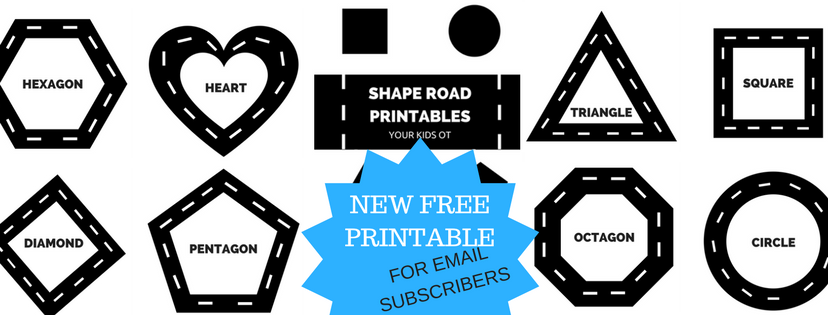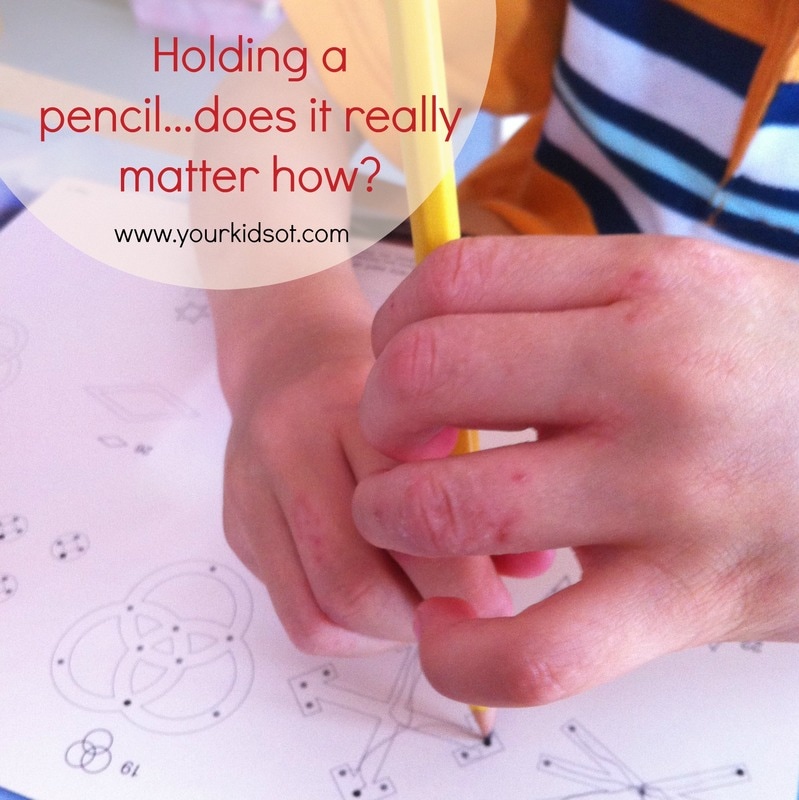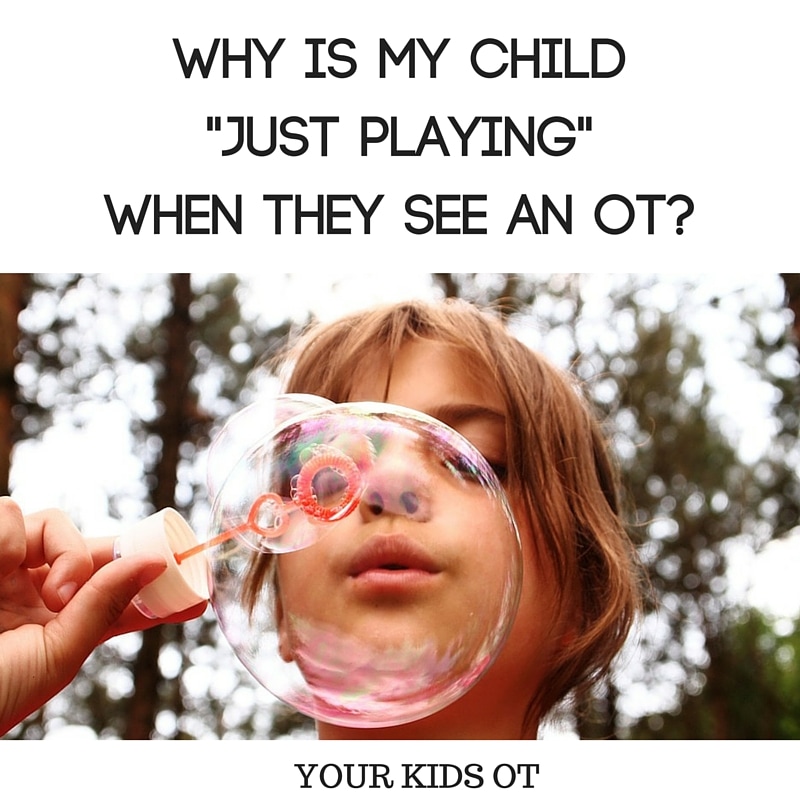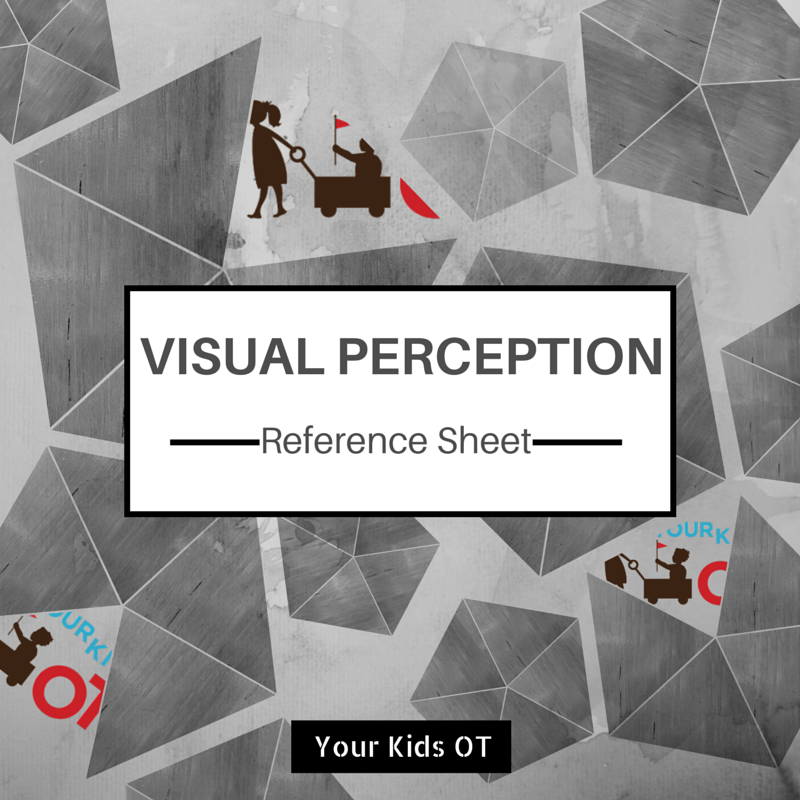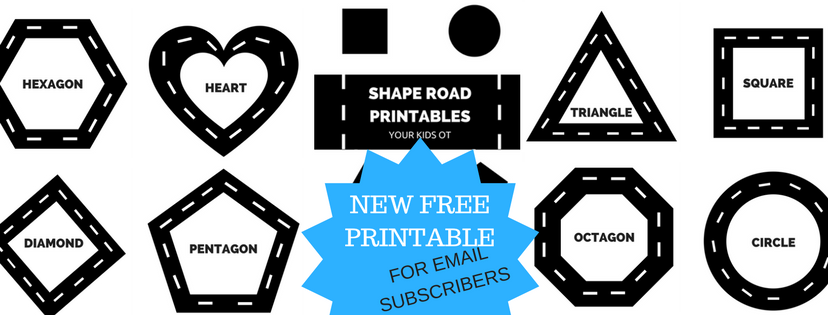|
It is almost Father's Day here in Australia! We have been making origami ties and combining it with sentence writing in OT this week!
I love using origami in OT sessions as we can work on a range of skills including fine motor manipulation, bilateral coordination, sequencing steps, organisation and planning. It can be really difficult for those who have never done paper folding and do not understand how to get the edge to meet with another edge. I always suggest to parents to make paper planes at home! This is the easiest and fun way to practise paper folding skills! You can find some step-by-step paper plane instructions HERE. With something a little more complicated like this tie, I model each step for the kids to do and help them to line up the paper. I found this writing prompt "I love my dad because" from Beauty and Bedlam. I resized the original printable so that I could place it on one A4 page and have large lines for writing. You could also make it smaller and turn it into a card for Father's day. WHAT KIDS SAY! It is always amusing to read what kids write about their family! Here are some of the responses that the kids have written this week... I love my dad because he cuddles me. (Andrew, 6 yrs) I love my dad because he is my dad and we play together. (Michael, 7 yrs) I love my dad because I sleep in his bed. (James, 5 yrs) I love my dad because we play basketball together. (Will, 6 yrs) I love my dad because we build things together. (Will, 10 yrs) I love my dad because he is a little bit nice. (Benjamin, 5 yrs) I love my dad because he helps me not to get in trouble with mum. (Finn, 6 yrs) I love my dad because he looks after me. (Oliver, 5 yrs).
Wishing any fathers reading this a very Happy Father's Day!
You may also like:
WHAT ARE BRAIN BREAKS?
A brain break is a short 2-3 minute break from formal instructional teaching in the classroom. It may incorporate body movements such as dance, stretching, strength and coordination. The purpose is to get the attention of the class as a whole and activate their bodies ready for learning. Brain breaks may be used to help alert kids; wake them up from sluggish behaviour or lack of concentration. Brain breaks may also be used to calm kids down when necessary; relax them from over-excitement. WHAT IS THE "THINKING" BEHIND BRAIN BREAKS? The term "brain breaks" is derived from "brain-based" education. You may have heard of terms such as "using both sides of the brain" or "engaging the brain" in learning. Jensen (2008) talks about brain based teaching as ESP - the active ENGAGEMENT (E) of purposeful STRATEGIES (S) based on PRINCIPLES (P) derived from neuroscience. He challenges teachers to consider how brains learn best. The "Whole Brain Teaching Method" is also becoming increasingly popular in classrooms as teachers promote learning through visual, auditory, kineasthetic and cooperative learning techniques Fishel (2011). Occupational therapists have used sensory integration principles in assisting children in the classroom who have difficulty paying attention and concentrating. We recommend movement breaks or "vestibular activities" to help organise the nervous system. Depending on the activities vestibular sensation can help the nervous system to stay organized and balanced; alerting with quick head movements or calming with slow head movements (Yack, Aquilla and Sutton, 2015) . We also look at a child's proprioceptive system; the unconconscious awareness of body position located in muscles, tendons, ligaments and joints. Activities that require muscles to stretch and work hard can provide proprioceptive sensations that can also help the brain to regulate arousal states (Yack, Aquilla and Sutton, 2015). Brain breaks are strategies that combine these neuroscientific principles, engaging children in the classroom so that they are ready to learn! Brain breaks are suitable for average developing children in a mainstream classroom as well as for children with special needs. They are also suitable for kids of all ages (and even adult learners)! BRAIN BREAKS - What teachers "think"! In speaking with different teachers, they love having a variety of brain breaks and movement break suggestions in their repertoire. Kids love them in the classroom. A teacher (thanks Chauntal!) I spoke to in researching this article said "Sometimes I find they need to get rid of energy so we dance or do kinaesthetic learning games such as star jumps while we spell or clapping games while we count in patterns. If we are concentrating on a writing task we might do strength core exercise such as planks, chair dips or yoga poses. When we need to calm down we do brain gym - like rolling shoulders in different directions or different coordination games".
BRAIN BREAKS FOR THE CLASSROOM!
LOW TECH
WITH TECHNOLOGY Teachers who have access to smartboards, love using these boards to help incorporate movement into the classroom. There are many options available on You Tube.
Do you use brain breaks to help kids to concentrate in the classroom? What are your favourite brain breaks? 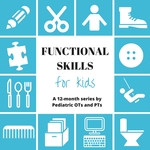
This post is part of “Functional Skills for Kids: 12 month series by Paediatric Occupational and Physical Therapists”. You can read all of the childhood functions HERE. Read all Your Kids OT’s monthly posts HERE.
Find more information about “School Day Functions”, stop by to see what other Occupational and Physical Therapists participating in the “Functional Skills for Kids series” have written:
Fine Motor Skills Needed at School and Classroom Activities | Sugar Aunts
How Do Gross Motor Skills Affect Academics? | Your Therapy Source 65 Helpful Strategies for Students with Sensory Challenges | Mama OT Brain Breaks to Help Concentration in the Classroom | Your Kids OT Things You can do at Home to Help Your Child in School | Therapy Fun Zone Tips for Following Directions in the Classroom and Home | Growing Hands-On Kids Positioning In The Classroom |Miss Jaime OT 10 Transition Strategies for Kids: Preventing Tantrums | The Inspired Treehouse The Case for More Play in the School Setting | Kids Play Space
References:
I recently wrote about "Motion Sickness: A sensory Issue!" looking at sensory considerations and triggers when travelling in a car. This article is a follow-up to this article providing SENSORY solutions for the car!
I mentioned in the original article that I had "attended" a webinar series by the world renown, Professor Winne Dunn on "Sensory Processing and the Impact on Everyday Life". In this series, Professor Dunn made a comment that even though we may identify a "sensory problem", the solution may involve "non-sensory" approaches such as a cognitive/behavioral approach to manage new information. As OTs, I think that we do this already as we look at the context of the "problem" and use a variety of strategies to help develop skills, make environmental changes or adapt an activity. Therefore considering the context of travelling in a car, a few precautions should be taken before choosing sensory solutions. PRECAUTIONS!
NON-SENSORY SOLUTIONS!
SENSORY SOLUTIONS TO REDUCE MOTION SICKNESS Note: Not all of these suggestions will be possible or appropriate for every child. Please consider your child and family's particular requirements. VISION:
ORAL:
AUDITORY:
PROPRIOCEPTION:
VESTIBULAR:
SMELL:
What are your favourite sensory solutions for car trips?
Disclosure: The information on this site is general in nature. The activities are safe for most children, however, you should consult an Occupational Therapist or health professional to address specific movement, sensory or other medical conditions. Reviews and endorsements of products will only be made based on my expertise and personal opinion, and deemed worthy of such endorsement. This post contains affiliate links.
Rainbow "coloured" rice is a great addition to a "sensory bin"! There are heaps of tutorials on-line to teach you how to colour rice. I used a really simple method ... I added a cup of rice to a plastic container and a few drops of food colouring. I shook the container until all the rice was covered with food colouring, then lay the rice out on baking paper to dry. Our rice took less than 24 hours to dry (drying time will depend on the weather and the amount of food colouring used). You may notice we have a few lentils in our rice mix (already mixed in when we used the rice in a sensory bin). I didn't bother with vinegar or alcohol and did not have a problem with the colour transferring onto our hands. I found that my cheap supermarket food colouring worked better than may gel colours as this was more "blobby".
Combining our coloured rice with some small items, we made a beautiful "I spy" bottle! I took a photo of our treasures and laminated a print out before Mr 6 enjoyed pouring the rice into a funnel and hiding the treasures. Once filled, I sealed the lid and attached the laminated page with a dry-erase marker. Super-easy craft! Watch our fun video to see how we made the I spy bottle - You Tube Link!
We made this "I spy" bottle to use as a travel toy. It is a fun way to work on visual memory and visual discrimination skills. I'm looking forward to trying it out with my OT kids this term.
For younger children, you may choose a clear plastic bottle rather than glass. For older kids you could choose very small similar items to place in your bottle ... you can make this really difficult! When we have finished with this bottle, I can pour the contents out into a sensory bin for further play! It will make a great treasure hunt to explore with busy fingers as well. Have you made an "I spy" bottle? What is your favourite thing to hide?
Cindy is a registered Occupational Therapist practising in Sydney Australia. She has two young children who are a constant source of inspiration and learning. Cindy loves working creatively to help children to reach their potential, finding opportunities in everyday living and making learning fun. Cindy is the author of the Occupational Therapy blog Your Kids OT.
You may also like: |
AuthorHi, I'm Cindy and I am an Occupational Therapist. I enjoy working creatively with children to see them reach their potential. Read more about me here. SEARCH THIS SITE
Archives
June 2024
Categories
All
Popular Posts |
Join the YKOT e-newsletter!
Subscribe to get our latest content by email and receive
the SHAPE ROADS PRINTABLE NOW!

Success! Now check your email to confirm your subscription and receive your free printable!
Join our Mailing List!
Subscribe to get our latest content by email and receive
the SHAPE ROADS PRINTABLE NOW as a thankyou!

Success! Now check your email to confirm your subscription and receive your free printable!
Disclaimer: The information on this site is general in nature and should be used for educational and entertainment purposes. The activities are safe for most children, however, you should consult an Occupational Therapist or health professional to address specific movement, sensory or other medical conditions. This blog does not replace formal therapeutic professional advice given by a health professional or medical practitioner. Reviews and endorsements of products will only be made based on my expertise and personal opinion; and deemed worthy of such endorsement. The opinions shared in sponsored content will always be my own and not that of the advertising company or brand. Content, advertising space or posts will be clearly identified if paid, affiliated or sponsored. Affiliate links may be found throughout this website in advertising. This means that if you follow through with a purchase from these links, Your Kids OT will receive a percentage of the sale. Your Kids OT undertakes to meet the requirements of the "Social Media Policy" as published by Australian Health Practitioner Regulation Agency (AHPRA). Further information about this policy can be found here.
Find meFollow me |
About me
AuthorHi, I'm Cindy and I am an Occupational Therapist. I enjoy working creatively with children to see them reach their potential. Read more about me here. |
Copyright © 2017 Your Kid OT

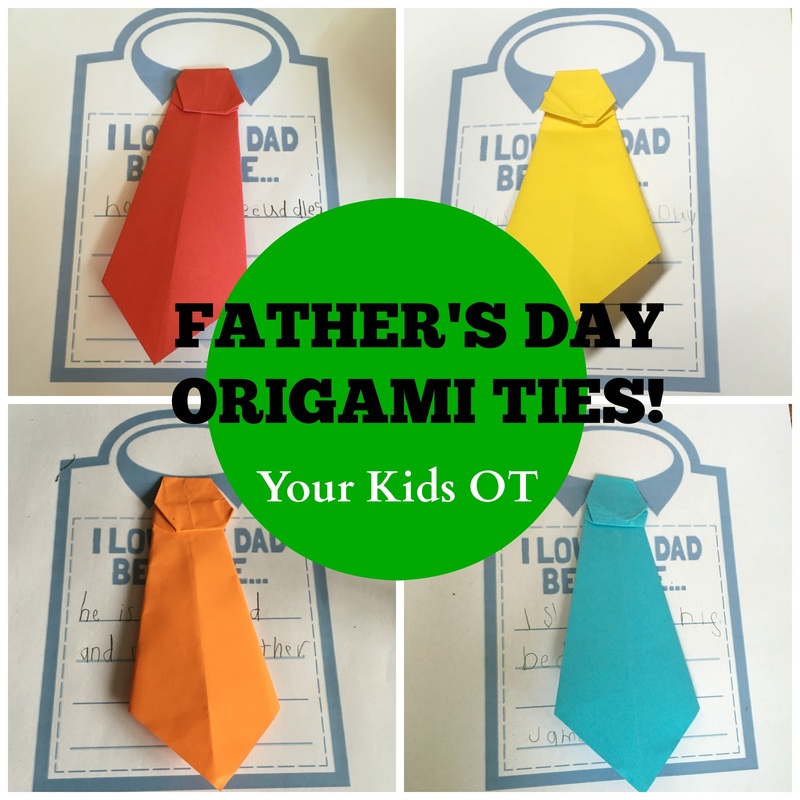
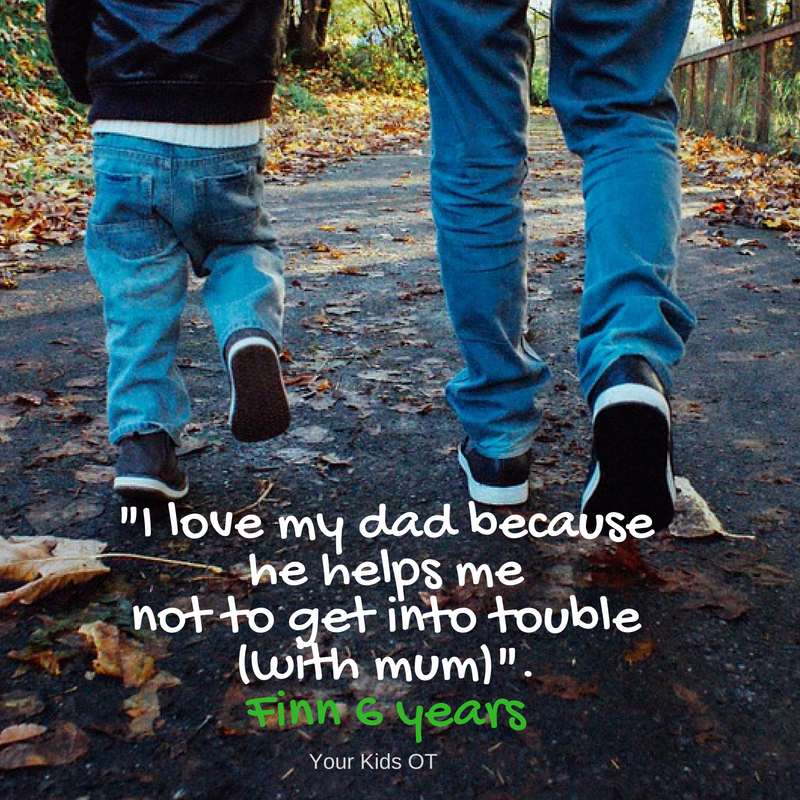

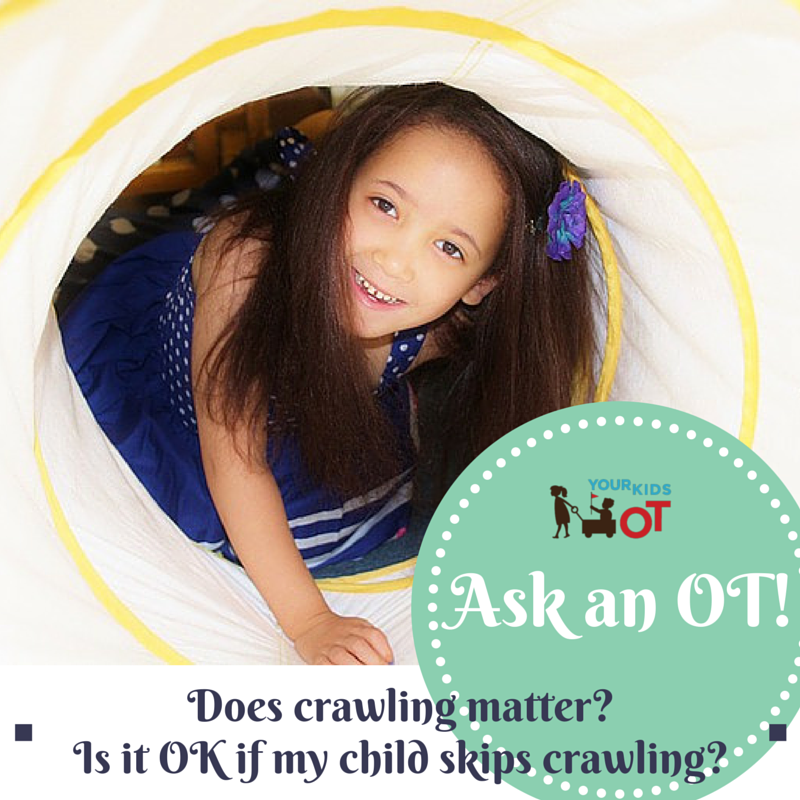
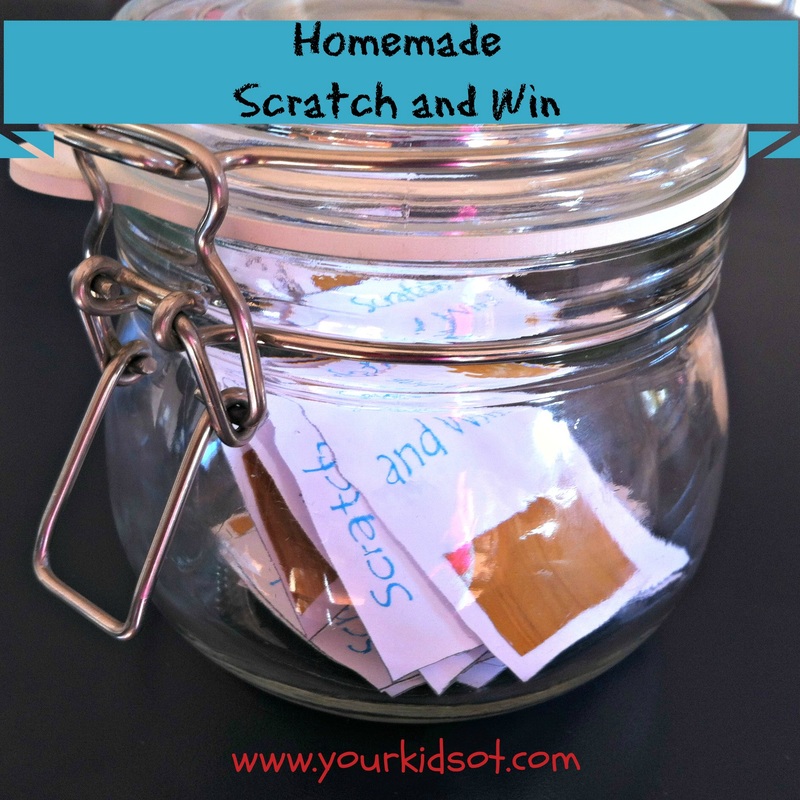
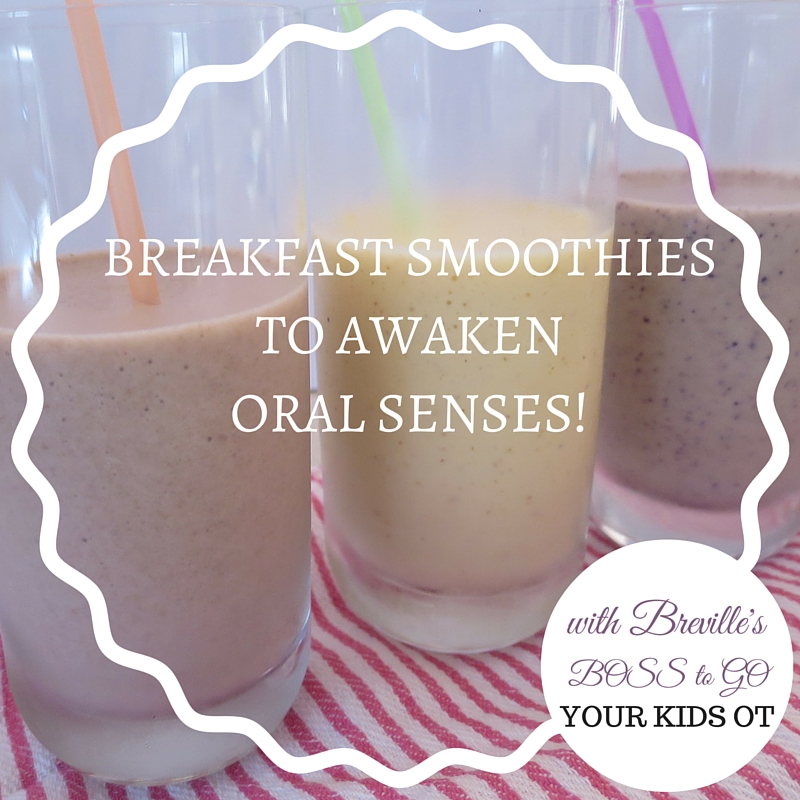
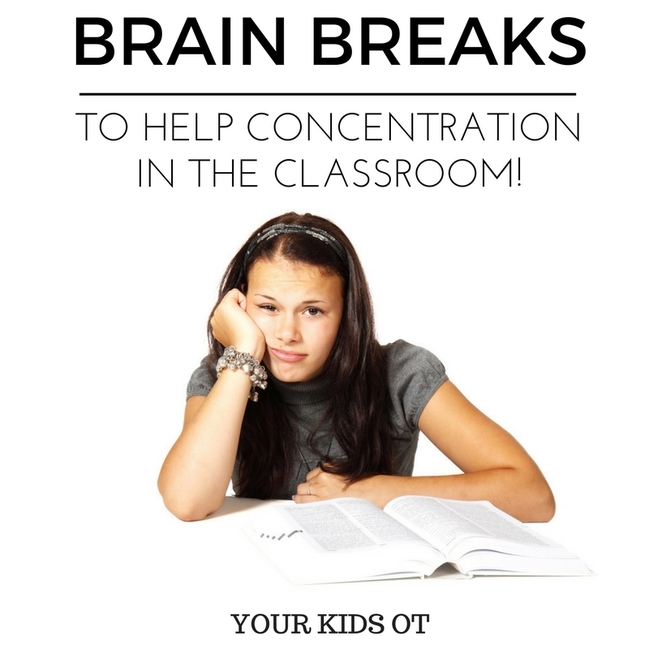
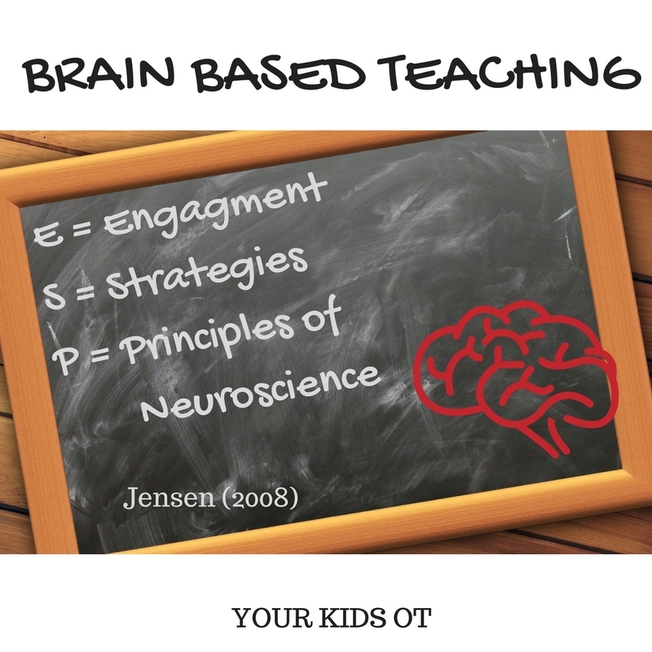


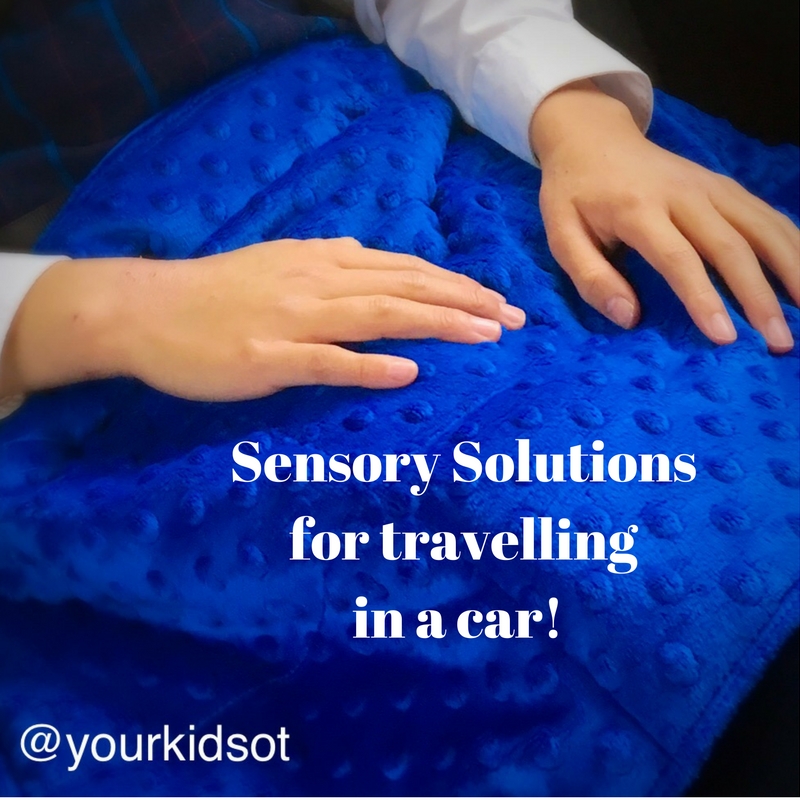
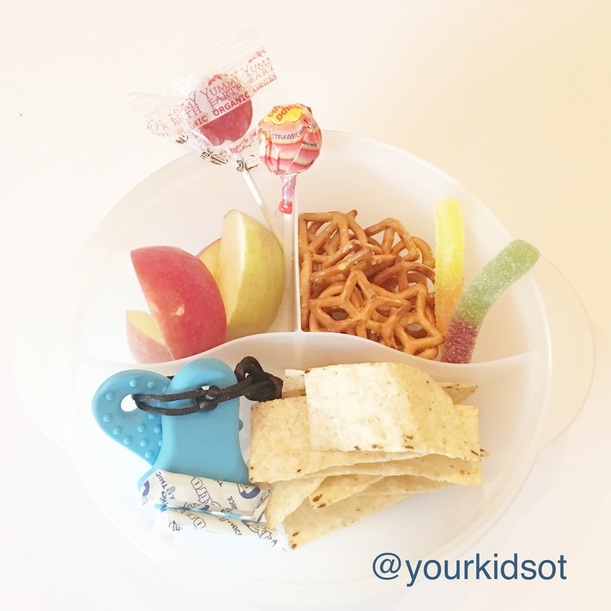

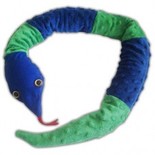

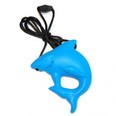

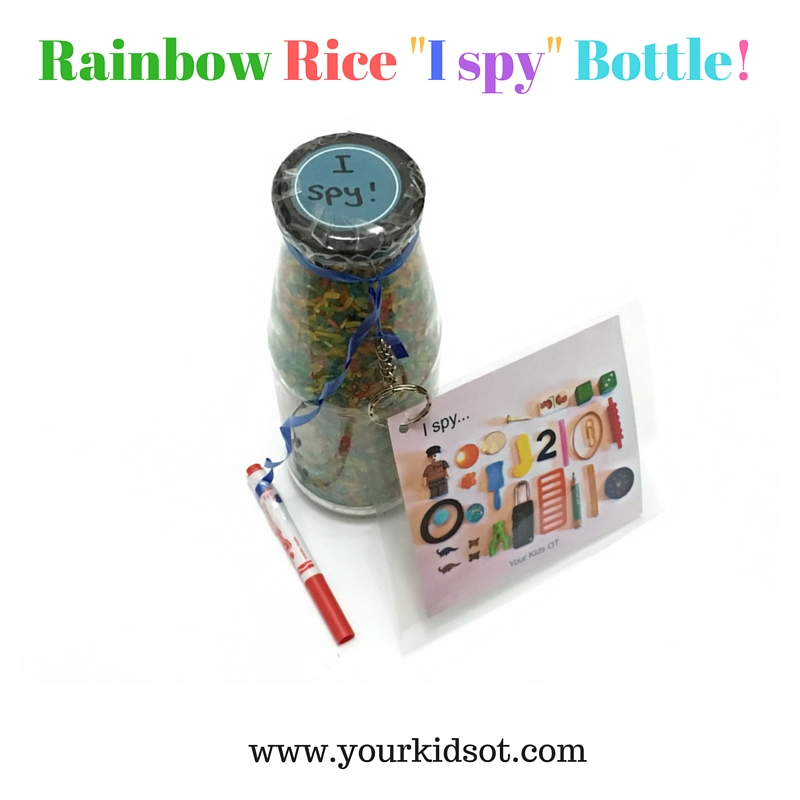

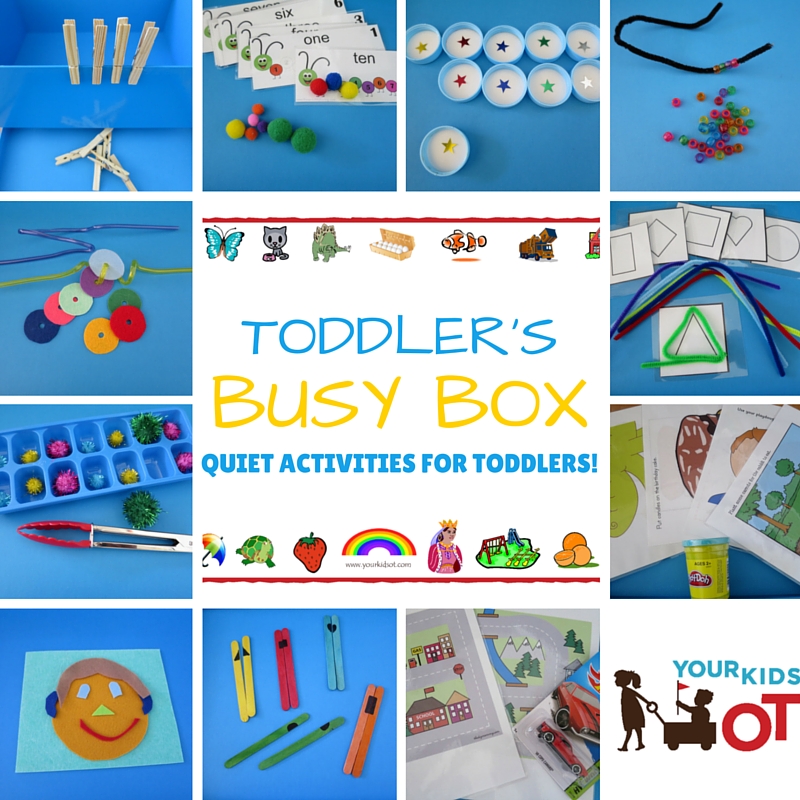
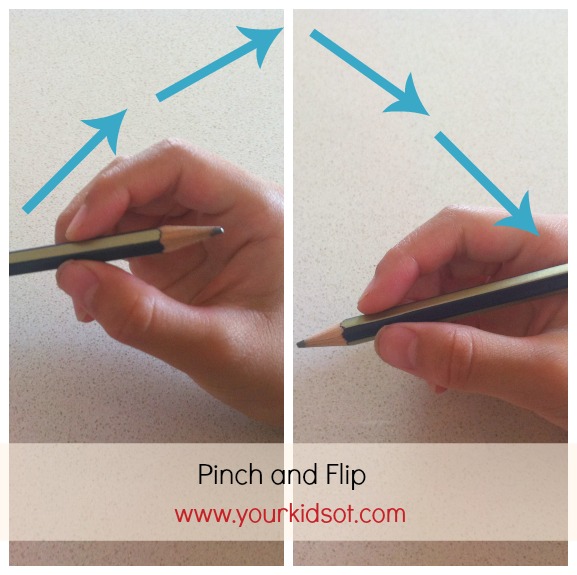
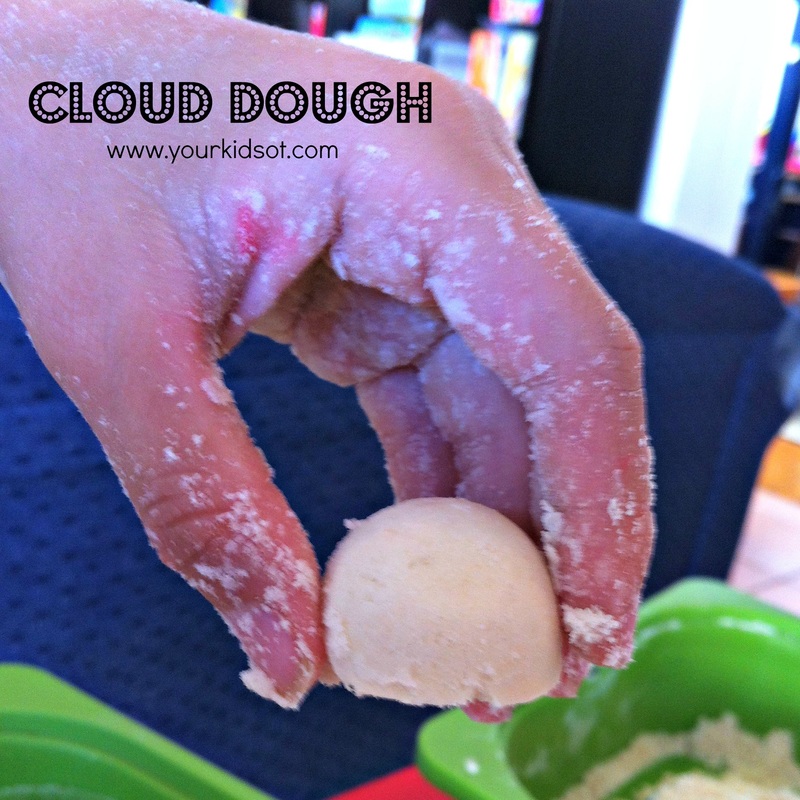
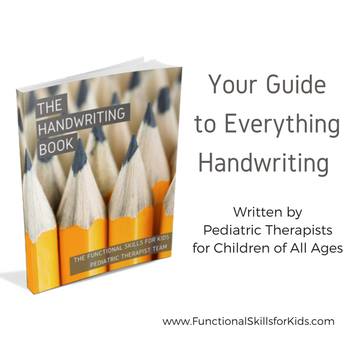
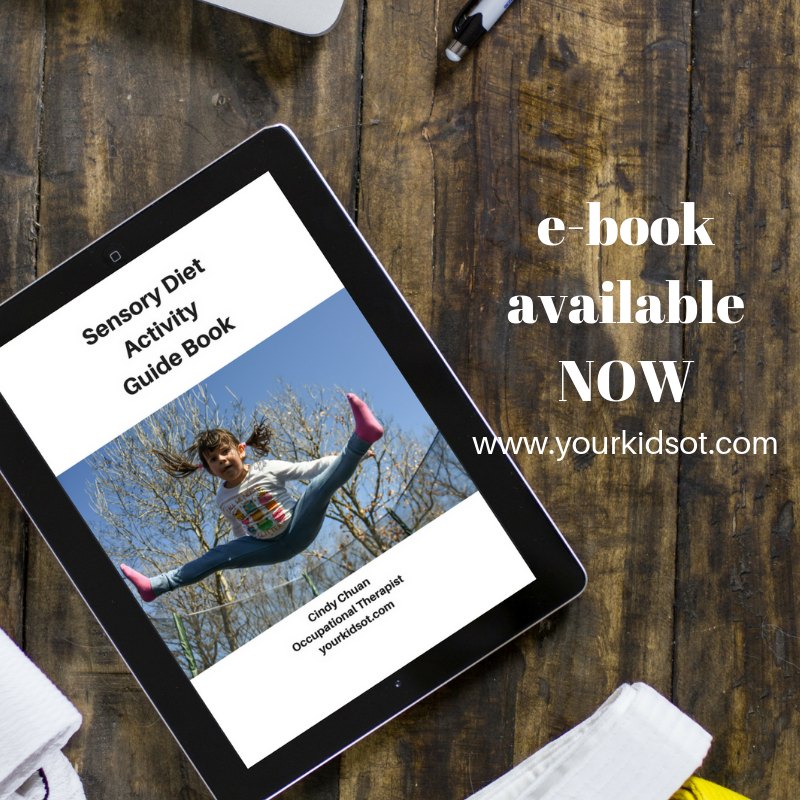
 RSS Feed
RSS Feed
